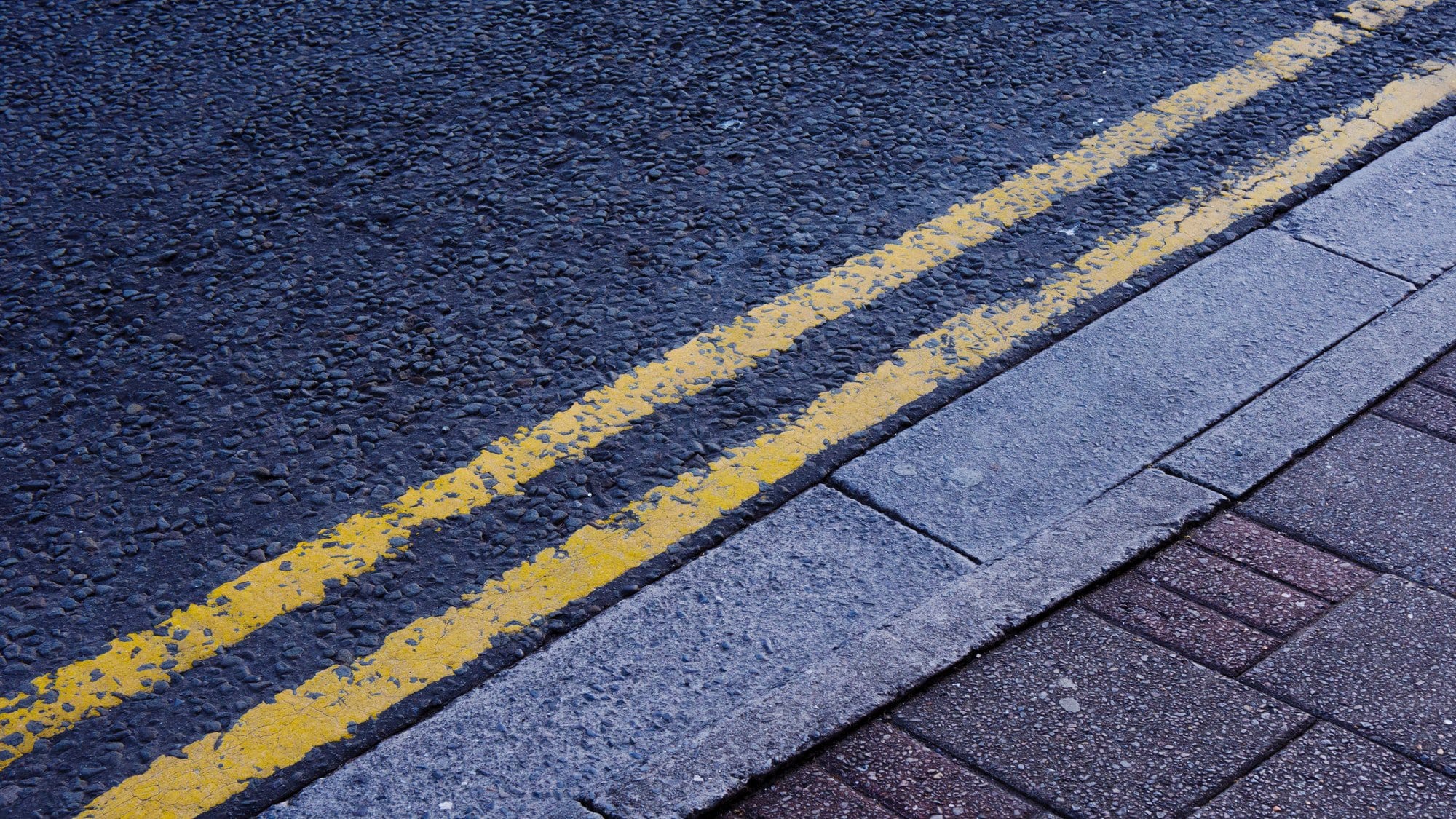Fingers crossed, you won’t need to know how to appeal a parking ticket if you park legally. Dodge the fine by not doing the crime, if you see what we mean. Don’t park on double yellow lines. Only park on single yellow lines at the permitted times of day (there should be a sign nearby to explain when).
But sometimes, you may get a ticket when you don’t deserve it. If you think the person giving out the ticket is wrong, not you, here’s how to successfully appeal a parking ticket.
How to appeal a parking ticket issued by a local authority
- Act quickly. You have 14 days to appeal if the penalty notice was left on your car, 21 days if you received the penalty through the post.
- Don’t pay up and then contest the charge. This is not how to appeal a parking ticket, because paying up seems like an admission of guilt.
- Write to the local authority, explaining why you think the ticket was a mistake. You need a genuine reason, not an excuse like “I was late for college” or “I just popped into a shop”.
- Include evidence. For example, if the sign explaining the local parking rules was faded and unreadable, take a photo of it. If a pay-and-display ticket had dropped out of sight when the ticket was issued, take a photo of the ticket. Perhaps your car wouldn’t start so you couldn’t move it. In that case, send a copy of the bill for the repair work.
- Maybe you had someone with you who can confirm that you are telling the truth. If so, have them write down what happened. Mark this as a ‘witness statement’ and send it with your appeal.
- Include all the relevant details. That means your name and address, the date and time the ticket was issued, the penalty notice number, and the reg number of your car.
What happens if my appeal succeeds?
The local authority will reply, the charge will be canceled and you won’t have to do anything.
What if my appeal fails?
You have two choices. Pay up, or continue the appeal through an independent adjudication service. Your local authority will be able to tell you who to contact to take things further.
Okay, what about how to appeal a parking ticket issued by a private company?
Any company dishing out tickets should be a member of an accredited trade association (ATA), like the British Parking Association or the International Parking Community. You should be able to find the company on the ATA’s website.
Only companies in a recognised ATA will have access to the DVLA’s database to chase you for the parking fine. If the company is in an ATA, appeal to the company first, providing evidence just as you would if the ticket were issued by a local council. If you aren’t successful, check with the ATA to find out how you can take things further. There should be an adjudication service to decide who is right and who is wrong.


